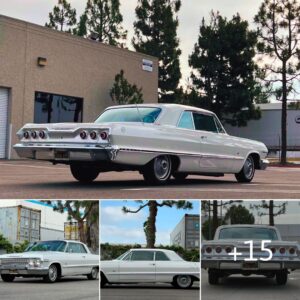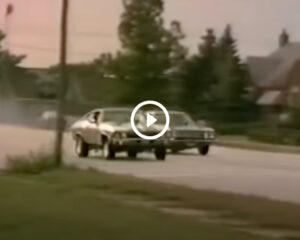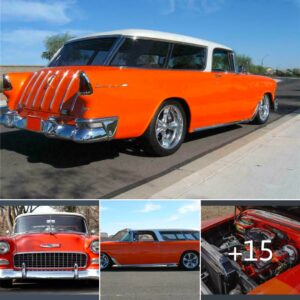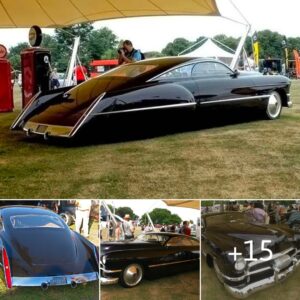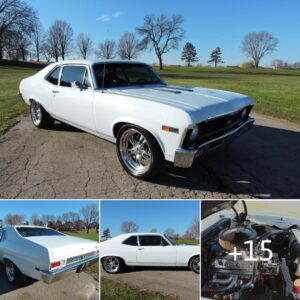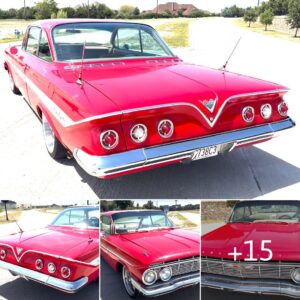Are you a fan of Fast & Furious movies? Do you love the high-octane, adrenaline-pumping action sequences featuring some of the most iconic cars in the world? If you answered yes to both these questions, then you’re in luck because today we’re going to talk about one of the most recognizable cars from the franchise – the Plymouth GTX from Fast & Furious 8.
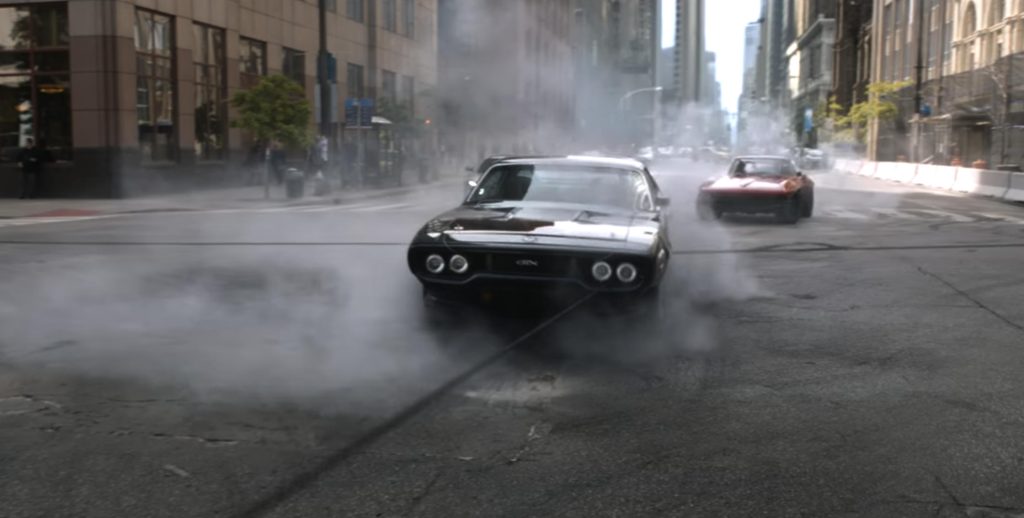
Sean Auditopia LA takes us on a tour of the car from the home of movie machines. As he tells us, this is a full-on Hollywood picture car company that builds and buys cars for movies. The Plymouth GTX from Fast 8 is one of these cars that they’ve built, and Sean is excited to show us around.
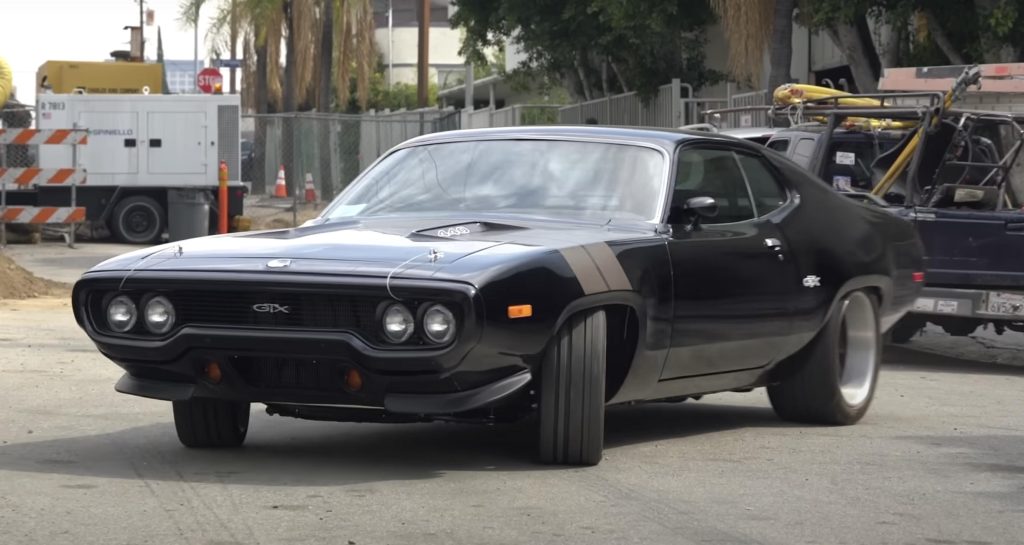
One thing that Sean highlights is that this car is not street-legal, just like the ice charger they shot before. So they are not allowed to drive it anywhere outside this block. The GTX is a picture car, which means that it’s designed to get the shot and make it look great, not care about fit and finish. They build multiples of the car, each designed for different shots, with some being interior shots with a green screen background, others being stunt cars, and some being like the GTX that are hero cars, which means they’re featured in close-up shots.
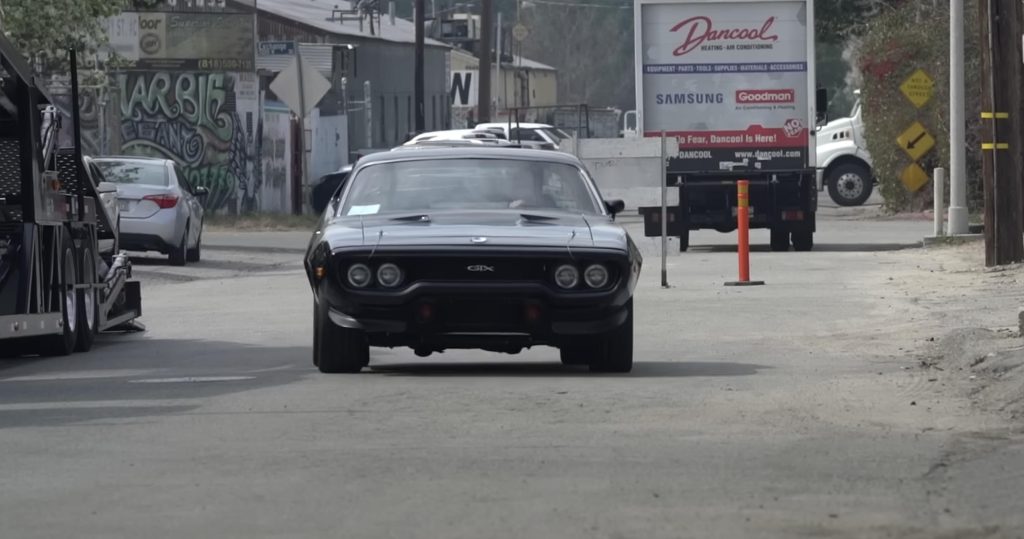
The car starts life as a 1971 Roadrunner that is converted to a GTX. What’s cool about this car is that it actually has a 383 motor in it, unlike most picture cars that have LS or small-block 350. However, the focus is not on the matching of the motor to the car, but on getting the shot and moving on. The car is fully caged, including supports underneath the hood, with a bunch of tube chassis going on there, just in case the car is going to get driven hard. This car actually does have some brakes, but not a lot, as it’s manual brakes with four-piston all around.
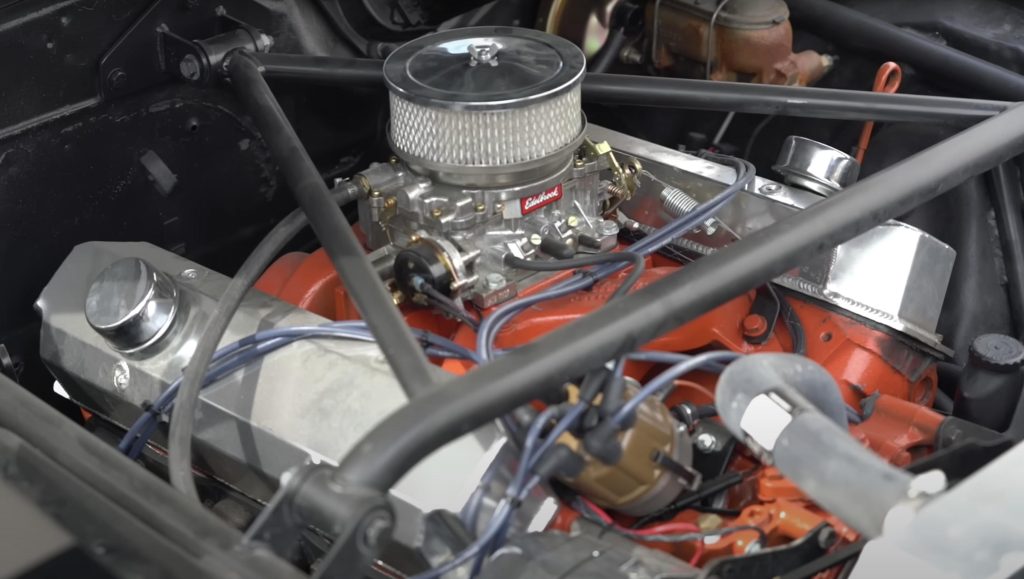
One of the things that catch your eye when you’re looking at this car, especially the rear-view, is just how massive the rear tire is. It’s a Mickey Thompson 29 by 15 on a 20-inch rim. The styling cues on this car are just cool, and how it played in the movie is important. The car is a monster power car in the movie, but in the real world, it’s unlikely that this car is making 400 horsepower.
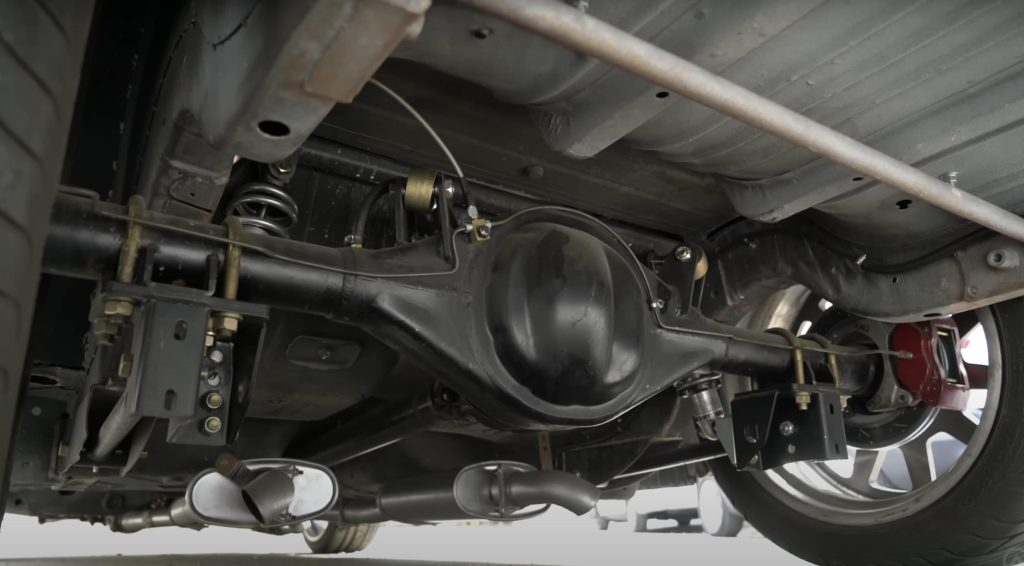
The car does have a Ford nine-inch rear end, a four-link suspension in the rear, and ride tack fully adjustable shocks. Under the hood, apart from the 383, it’s got headers and a nitrous bottle that is not functioning, just for the movie’s sake. The car also has rear seat delete, a race gauge, and a basic Auto Meter setup.
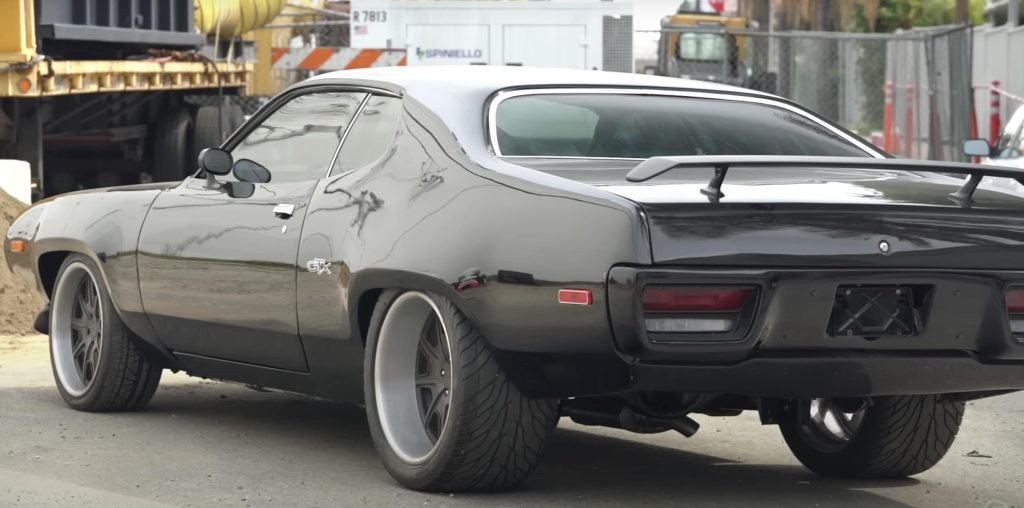
The steering wheel is race-looking, the grant steering wheel, and the shifter is one of those that always stands out to Sean because it’s a typical shifter on every picture car he’s been in, reliable and safe. The paint on this car is not great, but it looks great from fifteen feet away, especially when the car is doing wheelies or smoking tires.
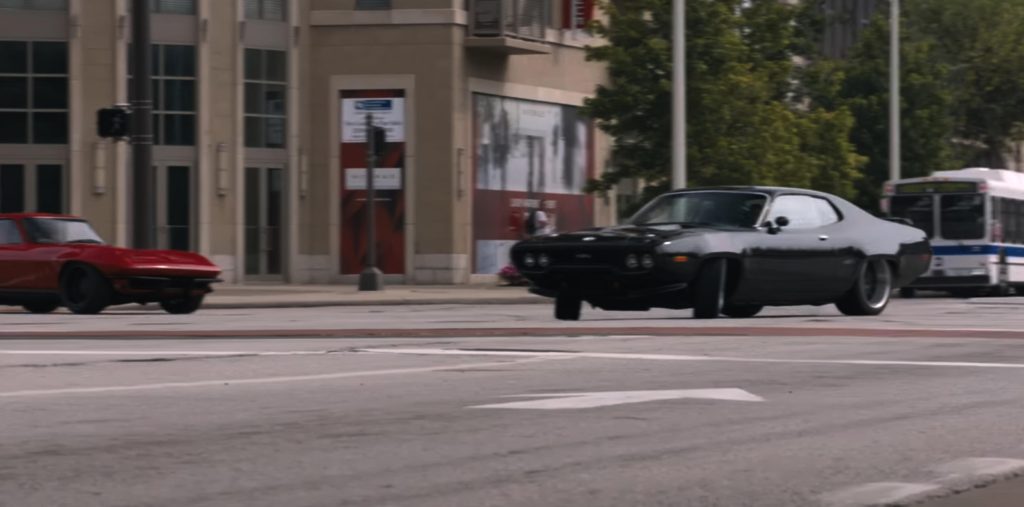
Finally, Sean takes us inside the car, which starts with an interesting start-up procedure, with a hidden switch down there that powers the car and then a push-button start. The car has a very rowdy interior, with a typical battery kill switch that is now converted to a switch under the dash, and a Dennis McCarthy thing that is on every picture car he builds.
Dom built it in his garage over a couple of days and then went out and really tore up New York City in it. This car played a cool scene in the movie, where it pulls all the cars all over the place, and Dom gets away because he’s Dom.
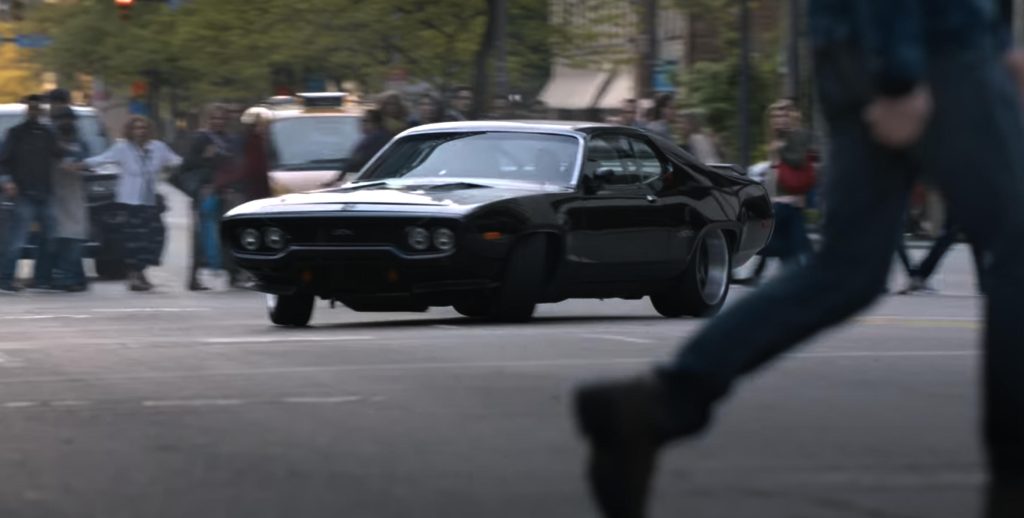
As much as Sean loves this car, he also notes that it’s not street-legal, and they can only drive it about the length of most of a football field. But if you were told you could drive the GTX from Fast & Furious 8, even for that limited distance, Sean is sure that you would jump at the chance.
This episode is a treat for all Mopar fans, but Sean promises that there’s a lot more coming, so stay tuned. He thanks his viewers for hanging in there and watching the video, and he truly appreciates it. In the end, Sean signs off, saying that he’ll see his viewers in the next episode.
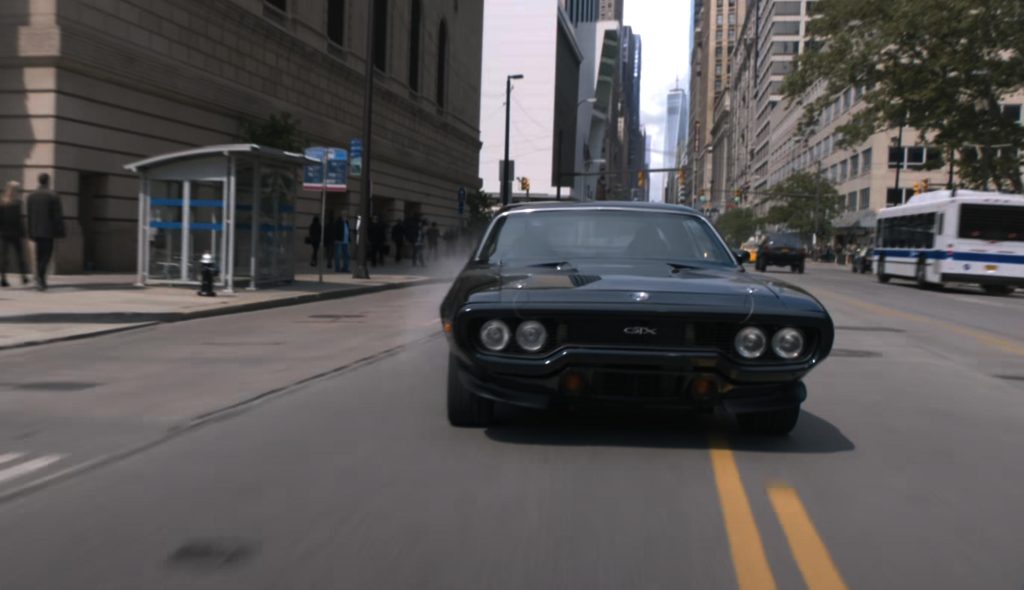
In conclusion, the Plymouth GTX from Fast & Furious 8 is an iconic car that played a significant role in the movie’s action sequences. It’s not only a picture car but a work of art that is meticulously designed to look great on screen. Although it may not be street-legal, fans of the franchise would undoubtedly jump at the chance to drive this car, even if only for a few hundred feet. The GTX is a testament to the creativity and dedication of the movie industry, and we can’t wait to see what other amazing cars they’ll come up with in the future.
